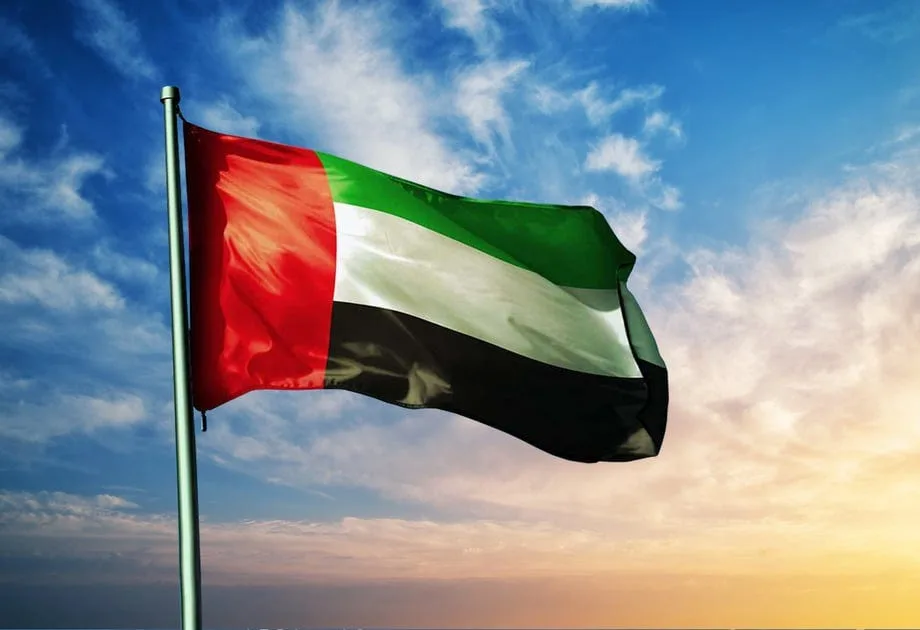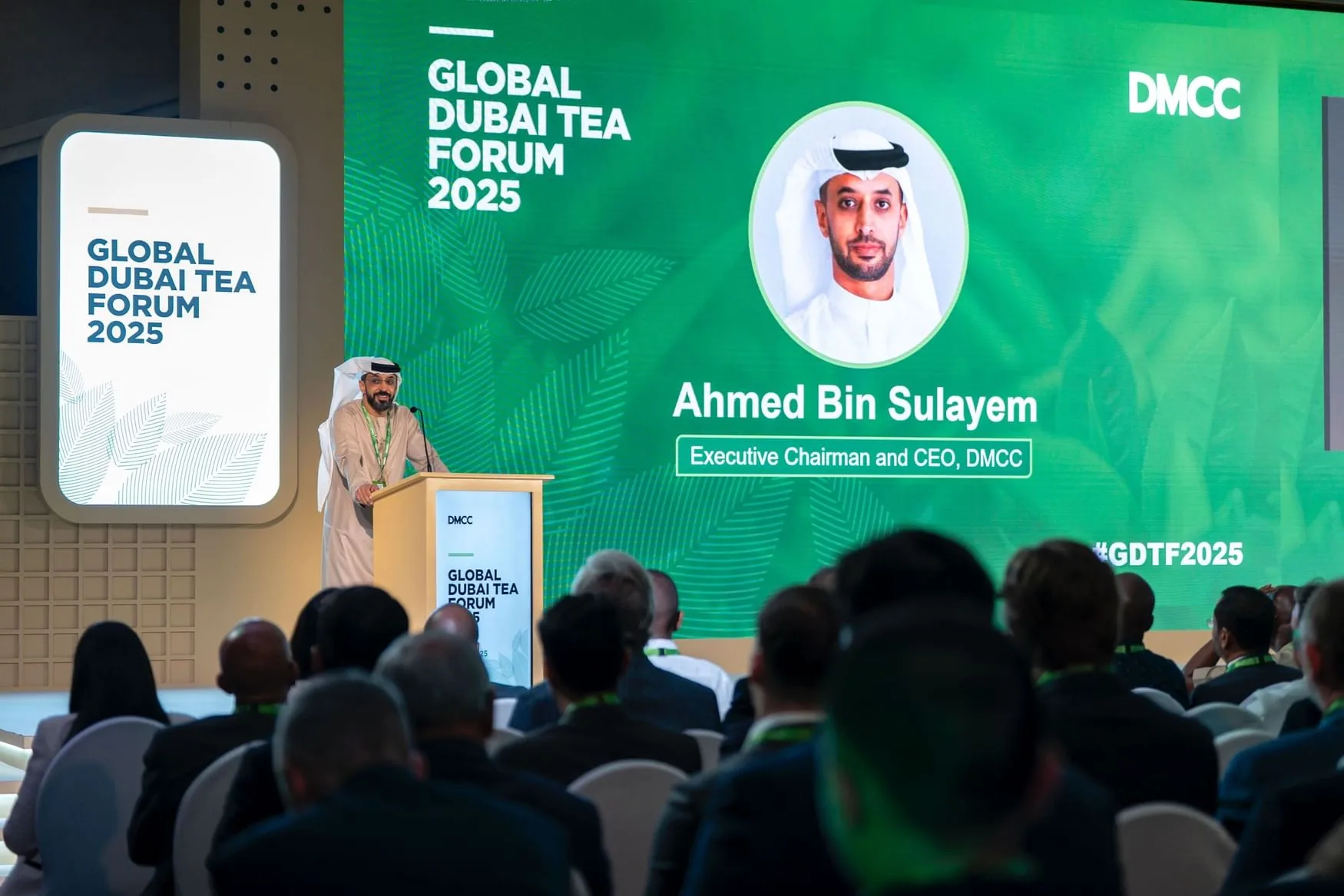Dubai CommerCity has reached an occupancy rate of 98 per cent in its Business District, driven by demand from technology, artificial intelligence, and e-commerce companies.
The free zone is developing six new buildings to meet growing demand, according to Abdulrahman Shahin, Senior Vice President, Property Management and Supply Chain for Dubai CommerCity.
Shahin told the Emirates News Agency (WAM) on the sidelines of the Dubai Business Forum – USA in New York that the Logistics District has reached 100 per cent occupancy.
Dubai CommerCity records 98% occupancy as technology firms drive growth
“The Logistics District has reached full occupancy at 100 percent, fuelled by the high demand from companies operating in the fashion, electronics, and last-mile delivery sectors,” Shahin said.
Facilities within the Social District have entered full operational capacity, with restaurants, cafés, and retail outlets now open to support the business community inside the free zone.
“This growth underscores Dubai CommerCity’s position as a key hub for the digital economy, in line with the Dubai Digital Economy Strategy, which aims to double the sector’s contribution to the emirate’s GDP by 2032,” Shahin said.
The free zone has outlined plans to establish a new e-commerce fulfilment centre by the third quarter of 2026 to boost capacity and meet demand from digital commerce companies. The initiative supports the UAE E-Commerce Strategy, which seeks to attract investment, streamline business establishment procedures, and increase the sector’s contribution to GDP.
Automation drives 158% increase in orders
Shahin explained that automated robotic systems have been introduced to accelerate order fulfilment and reduce shipment processing time.
This digital transformation, he said, has resulted in a 158 percent increase in processed orders within one year, significantly cutting processing and delivery times.
The free zone’s location near Dubai International Airport enhances export and re-export efficiency, with the DCC Way ecosystem enabling access to around 3 billion consumers within five hours of flight time, according to Shahin.
Shahin highlighted a shift in investment trends towards sustainability, smart technologies, and integrated re-export infrastructure.
Dubai CommerCity applies practices across its infrastructure, using treated water in air conditioning systems and operating electric vehicle charging stations capable of fully charging a vehicle in 32 minutes. Solar panels and energy-efficient building systems have been installed across all facilities.
These initiatives embody Dubai CommerCity’s strong commitment to sustainability and smart infrastructure, making it the preferred destination for companies focused on green e-commerce, clean technologies, and environmentally responsible operations, Shahin said.
Shahin pointed to growing investments in logistics infrastructure that facilitate re-export operations and link Dubai CommerCity with the broader DIEZ ecosystem, supporting the Dubai Cross-Border Trade Strategy.
Investors are targeting artificial intelligence, Internet of Things, and machine learning sectors, with Dubai CommerCity supporting startups through incubators and incentive programmes, reinforcing Dubai’s position as a centre for digital innovation, according to Shahin.




